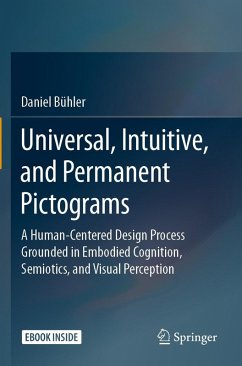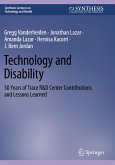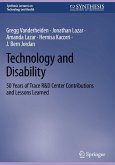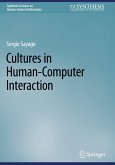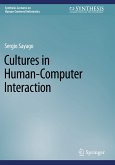This book presents a complete human-centered design process (ISO 9241:210) that had two goals: to design universal, intuitive, and permanent pictograms and to develop a process for designing suitable pictograms. The book analyzes characteristics of visual representations, grounded in semiotics. It develops requirements for pictogram contents, relying on embodied cognition, and it derives content candidates in empirical studies on four continents. The book suggests that visual perception is universal, intuitive, and permanent. Consequently, it derives guidelines for content design from visual perception. Subsequently, pictogram prototypes are produced in a research through design process, using the guidelines and the content candidates. Evaluation studies suggest that the prototypes are a success. They are more suitable than established pictograms and they should be considered universal, intuitive, and permanent. In conclusion, a technical design process is proposed.

